The Mercedes 300 SLR Uhlenhaut Coupé Is Now The Most Expensive Car Ever Sold
A one-of-two Mercedes-Benz race has allegedly set a new record as it is said to be sold for 135 million euros.
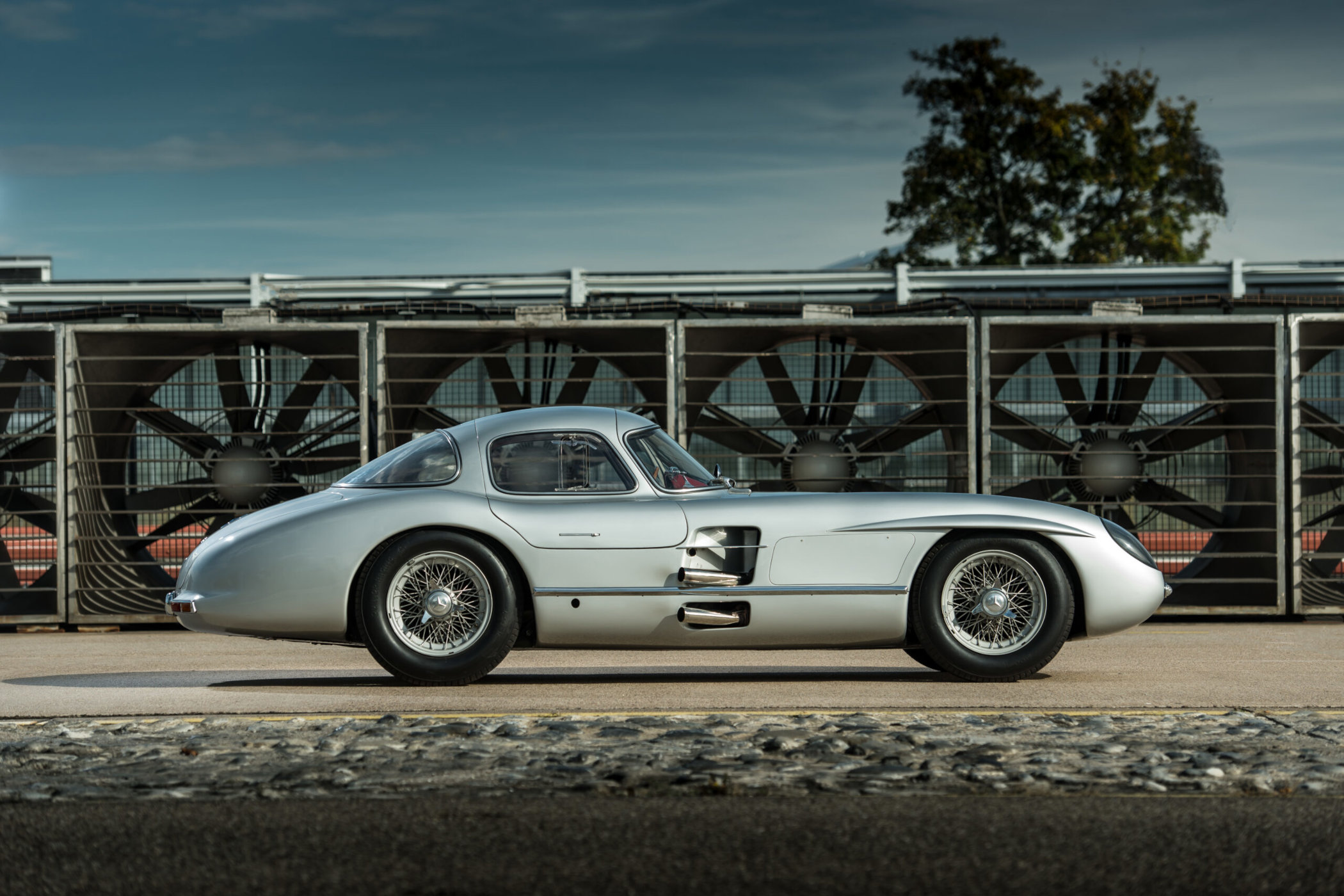
In the world of classic cars, there’s expensive and then there’s Ferrari-expensive. Or at least, there was Ferrari-expensive because as of now it seems that a 1956 Mercedes-Benz has set the new all-time record for the most expensive car in the world. Where in the what, who and how has this happened? Well, Mercedes-Benz themselves have apparently sold one of only two 300 SLR Uhlenhaut Coupes ever made, both still in existence and owned by the company itself until now, for a monumental 135 MILLION euros. Take that, Ferrari!
If you go through the list of most expensive cars ever sold, directly from one owner to the next or through auctions, multiple records have been set in the past 8 or 9 years. As prices from classic cars have skyrocketed, there’s one brand that pretty much dominates, and that’s of course none other than Ferrari. Out of the 11 most expensive cars listed by Hagerty, only 4 are not by the fabled Italian carmaker, including the Mercedes-Benz 300 SLR Uhlenhaut Coupe we’re covering today.

When it comes to these high-profile classic cars a few things make for such astronomical prices. First and foremost it’s about rarity, obviously. You will never see a run-of-the-mill VW Beetle hit more than a million. But a unique Ferrari, or a one-of-two Mercedes-Benz? That’s pretty much guaranteed to hit seven or eight figures at auction. Next is pedigree. A rare race car with a fully documented history will garner more attention and thus fetch higher prices compared to lesser-known cars. Especially when the racing pedigree includes legendary drivers or iconic race wins. And lastly is basically down to condition and originality. Is a car 100% original with the exception of maybe a paint job or upholstery? Do the engine, gearbox and chassis match number to number? If so, that’s price-bump number three.
Of course, these aren’t the only factors that determine a car’s value, but they do have the biggest influence. Why then, has this car hit such a crazy price, given the fact it actually never raced? We need to explain a few things about the Mercedes-Benz 300 SL, its racing heritage and the 300 SLR Uhlenhaut Coupe to understand.
The legend of the 300 SL
The story starts, as it so often does, with a race car laying the foundation of one of the most iconic road cars in history. The Mercedes-Benz W194 300 SL was built and raced in 1952 and predates the introduction of the Mercedes-Benz 300 SL Gullwing by two years. This was at a time when it was still very much true that what car won on a Sunday, would sell on a Monday. This means, if you have a competitive car as a works team, chances are people would start asking you to buy it, or its road-going equivalent. A pair of W194’s featured on Jay Leno’s Garage a while back, which we included in a previous instalment of The Petrolhead Corner:
The initial success of the 300 SL race car instigated Mercedes-Benz to build a prototype for a road-going 300SL. Presented in 1952, with a newly penned body, it already featured the car’s signature roof-hinged Gullwing doors. It took two more years and a redesign to create the production version of the 300 SL Gullwing as we know it. The long nose housed a straight-6 engine with 180bhp, which grew to 240bhp over time. Other signature features are the “eyebrows” along the side of the body, the tilt-down steering wheel for easier access into the cabin, and the boot being large enough for two spare wheels if needed. A total of 1,400 coupes were built between 1954 and 1957, followed by 1,858 Roadsters between 1957 and 1963.
The race-bred 300 SL found success early on as it combined low weight with a low-drag aerodynamic shape, despite being underpowered compared to the competition. It raced in the Carrera Panamericana, Mille Miglia and Le Mans, to name just a few outings. During the 1952 Le Mans 24 Hours race, it even managed to come in first and second overall, against stiff competition from Ferrari, Lancia, Aston Martin, Nash-Healey and Cunningham. Hermann Lang and Fritz Reiss won outright, coming home a lap ahead of the 300 SL driven by Theo Helfrich and Helmut Niedermayr, who in turn was a substantial 14 laps ahead of third place.
But it wasn’t all rosy when it comes to the history of the Mercedes-Benz 300 SL racing program. During the 1955 Le Mans 24 Hours race, disaster truly struck. On lap 35, so quite early on in the race (the winner completed 307 laps after 24h) a shunt between Mercedes-Benz’s Pierre Levegh and Austin-Healey’s Lance Macklin sent both cars flying off. Causing the crash was Macklin, who was caught out by the braking power of Mike Hawthorn who had just lapped him but was peeling off into the pits.
Hawthorn, battling fiercely with Juan Manuel Fangio had also just passed Pierre Levegh. With Macklin moving out of the way, he came directly into the path of the Mercedes of Levegh and Fangio. Levegh hit Mackling, and both cars flew off, with Levegh crashing into the spectator stands. The crash not only killed Levegh, but also 83 people watching the race, and injured 180 more.
To this day, it is the most catastrophic crash in motorsports and lead to the withdrawal of Mercedes-Benz in all forms of racing for decades to come. And this is where the story of the 300 SLR Uhlenhaut Coupe comes into play.
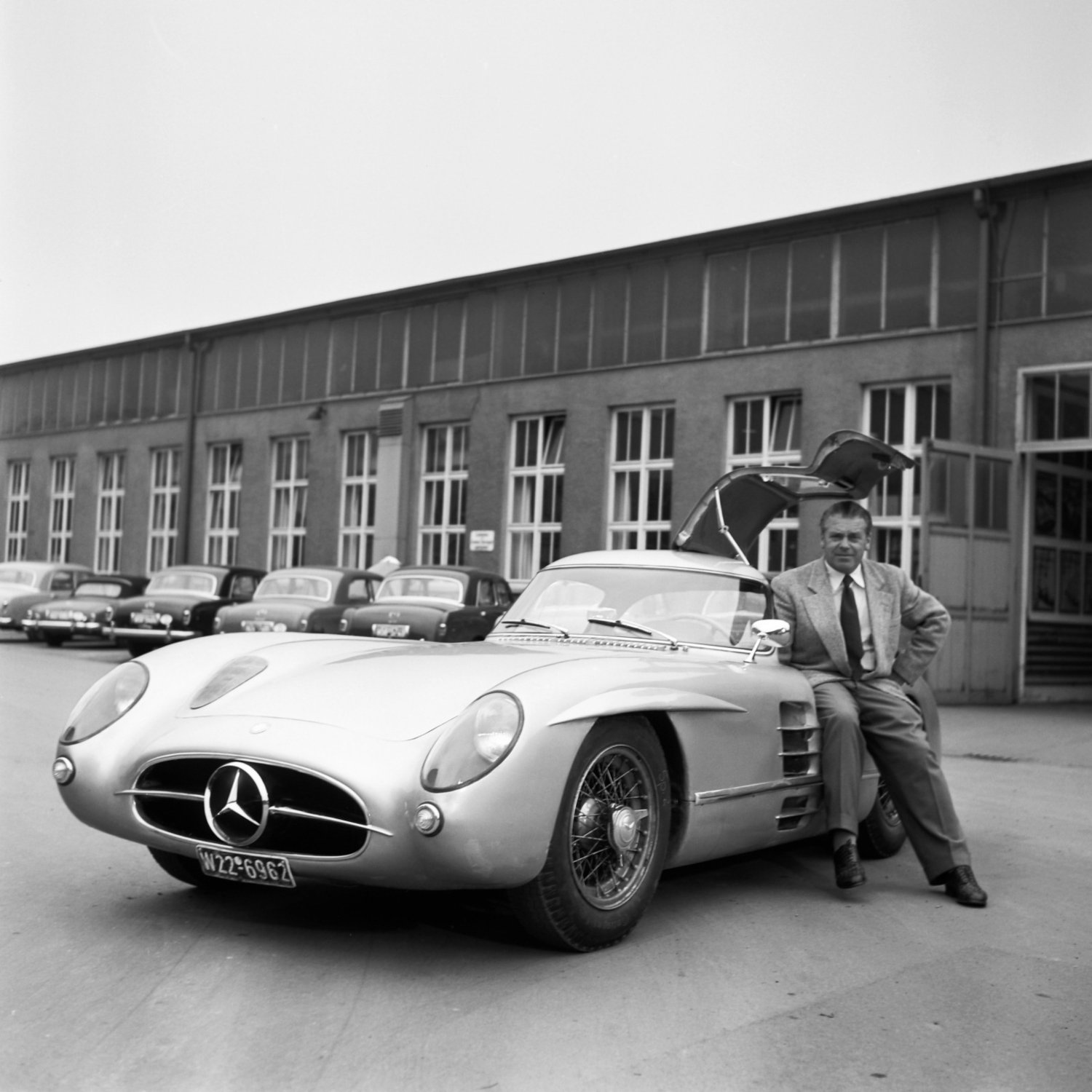
The 300 SLR Uhlenhaut Coupe
Prior to the horrific crash at Le Mans, Mercedes-Benz was dominating the post-war era of racing much as it did the pre-war era. Before the outbreak of World War II it was successful in both Grand Prix racing and world speed record attempts with numerous cars, such as the W25, W125 and W165. It was these cars that were granted the “Silver Arrows” nickname following a disputable story to lower the weight of one of the cars to meet the regulated weight limit by scraping off its paint, exposing the bare metal underneath.
The W196 chassis was developed purely for racing, and fitted with a 2.5-litre supercharged straight-8 engine producing 257bhp. It had a considerable advantage over its rivals thanks to advanced fuel injection technology. It was raced with a streamlined, closed-wheel body on high-speed tracks like Monza, but mostly with an open-wheeled configuration. In two years of competition, it won nine Formula 1 races in just 12 race starts, with all but one at the hands of Juan Manuel Fangio (Stirling Moss being the other).
The W196 chassis was further developed into the W196S 300 SLR, now with two seats and an enlarged and more powerful engine. Stirling Moss took it to victory in the 1955 Mille Miglia, alongside navigator Dennis Jenkinson. The terrible incident at the Le Mans 24 Hours of the same year saw Mercedes-Benz cancel all racing programs immediately, shelving the 300 SLR altogether. Mercedes-Benz built a total of nine 300 SLRs, two of which were to be set aside per order of Rudolf Uhlenhaut, Chief of Design for the company at the time. These two cars were to be built as road-legal cars, with one of them ending up as Uhlenhaut’s personal car. One of the two was entered in the 2013 Goodwood Festival of Speed and made a high-speed fun up the hill climb course:
The body for the 300 SLR Uhlenhaut Coupe resembles that of the 300 SL Gullwing albeit with a more streamlined overall design draped over a slightly larger chassis. It was given a full set of lights to meet regulations, but the rest was very similar to the 300SLR used in racing at Le Mans or in the Mille Miglia. Thanks to its powerful engine and low-drag profile, the 300 SLR Uhlenhaut Coupe had a top speed of 290kph, by far the highest top speed of a road car at the time.
With two built, it’s already much rarer than the Ferrari 250 GTO that previously held the record for the most expensive car ever sold. Mercedes-Benz owned both the 300 SLR Uhlenhaut Coupe’s for decades, displaying one of them in its museum in Bad Cannstatt and the other residing in one of its car vaults. Yet now, without communication whatsoever, one of these cars is allegedly sold for 135 million euros. A truly staggering among of money for anything, let alone a car. Again, it’s just rumoured at this time, but if it were to be true that means it has almost doubled the previous record. Publications like Motor1, Hagerty and CarScoops all recently reported on the sale of the car, so it is looking to be very much a true story.
Editorial Note: All images depicted in the story are either from previous articles or sourced from Supercars.net and Hagerty.com.


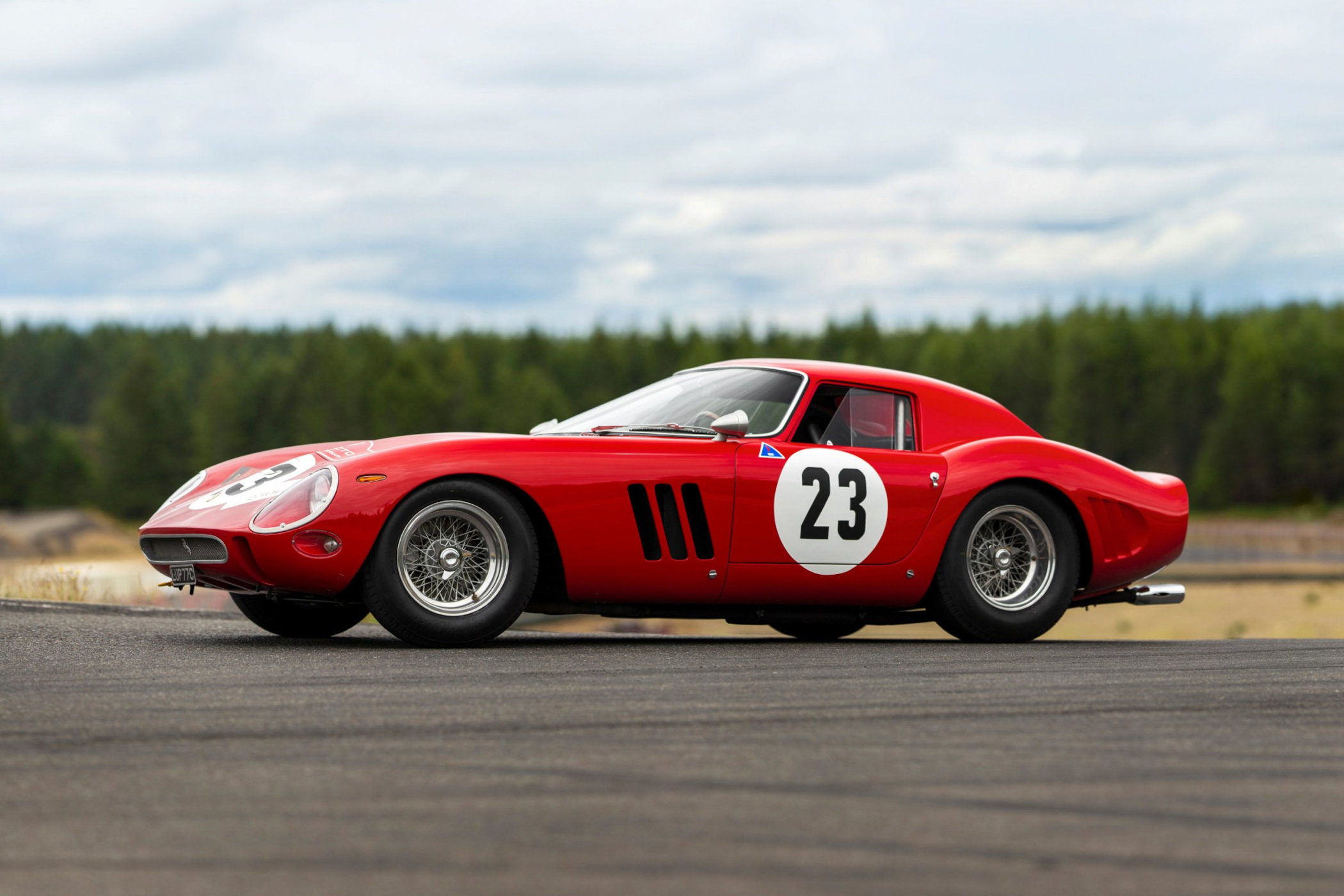
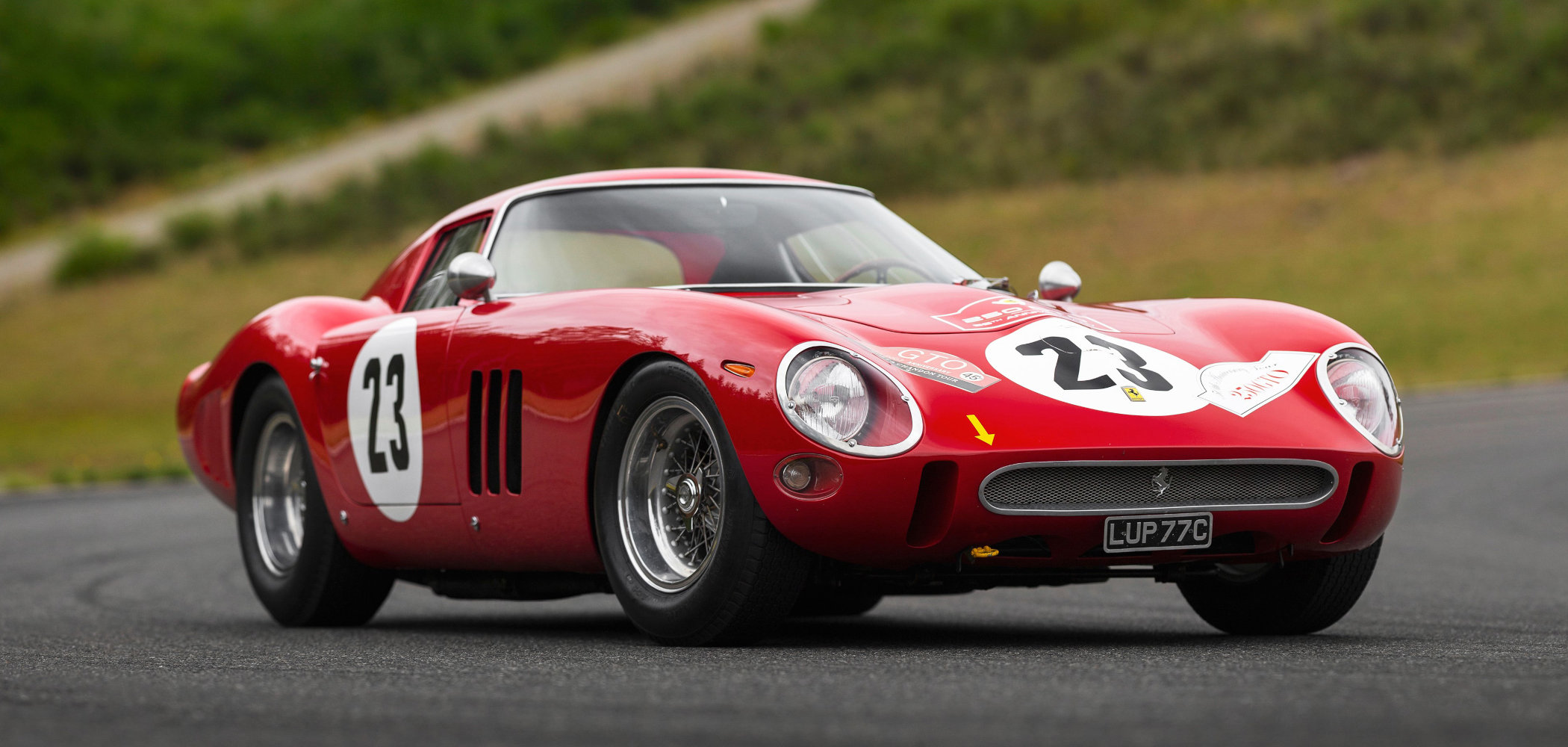

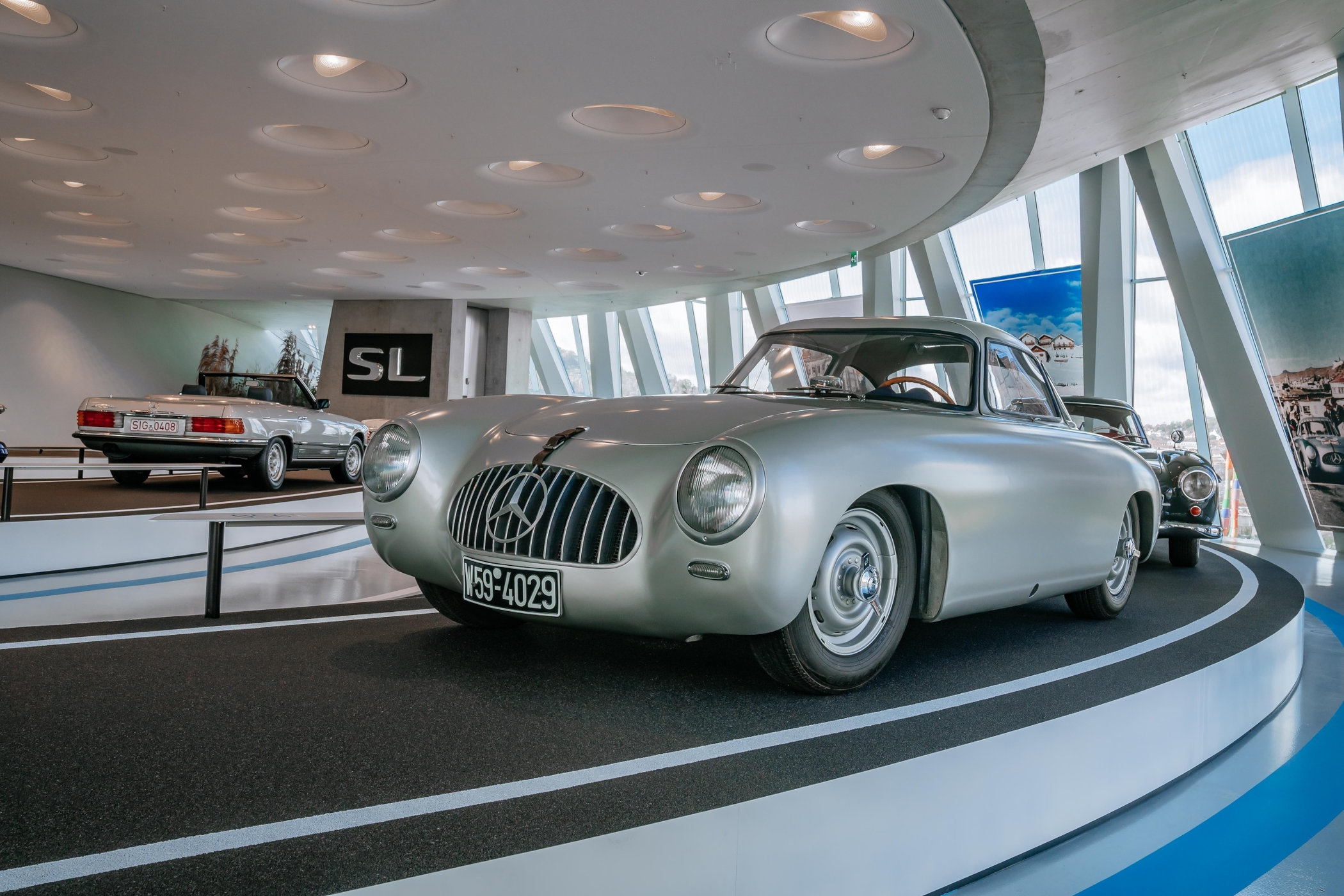
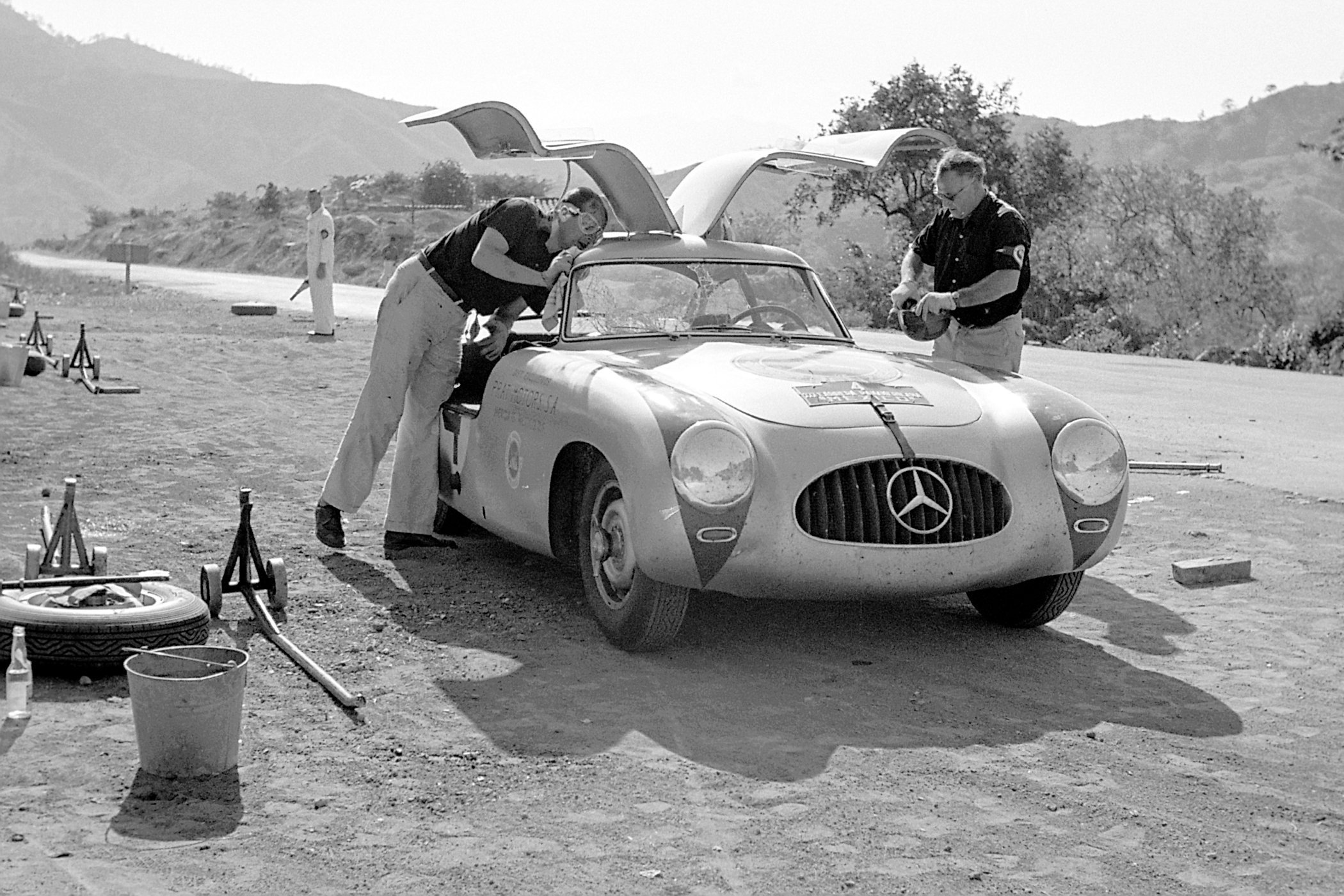

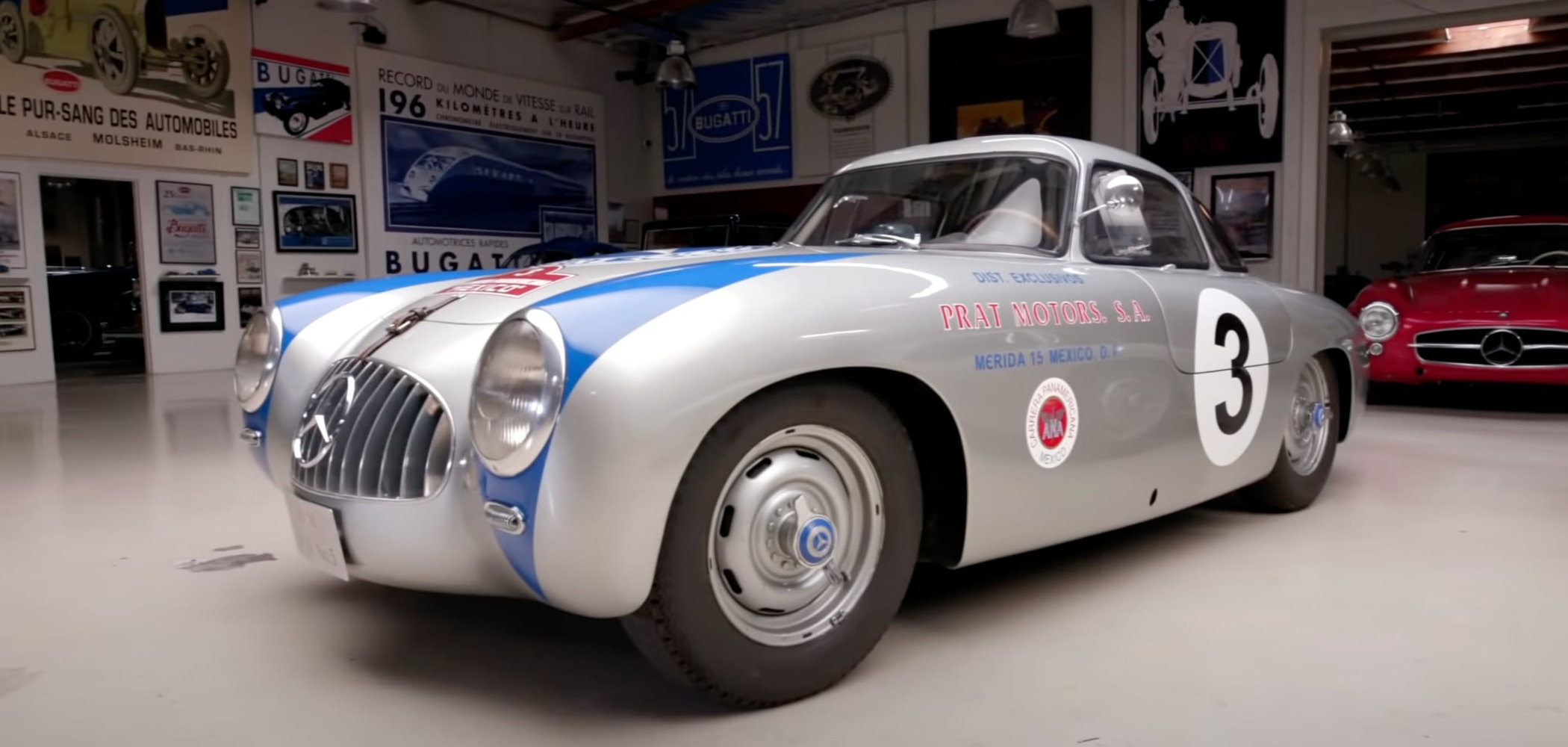
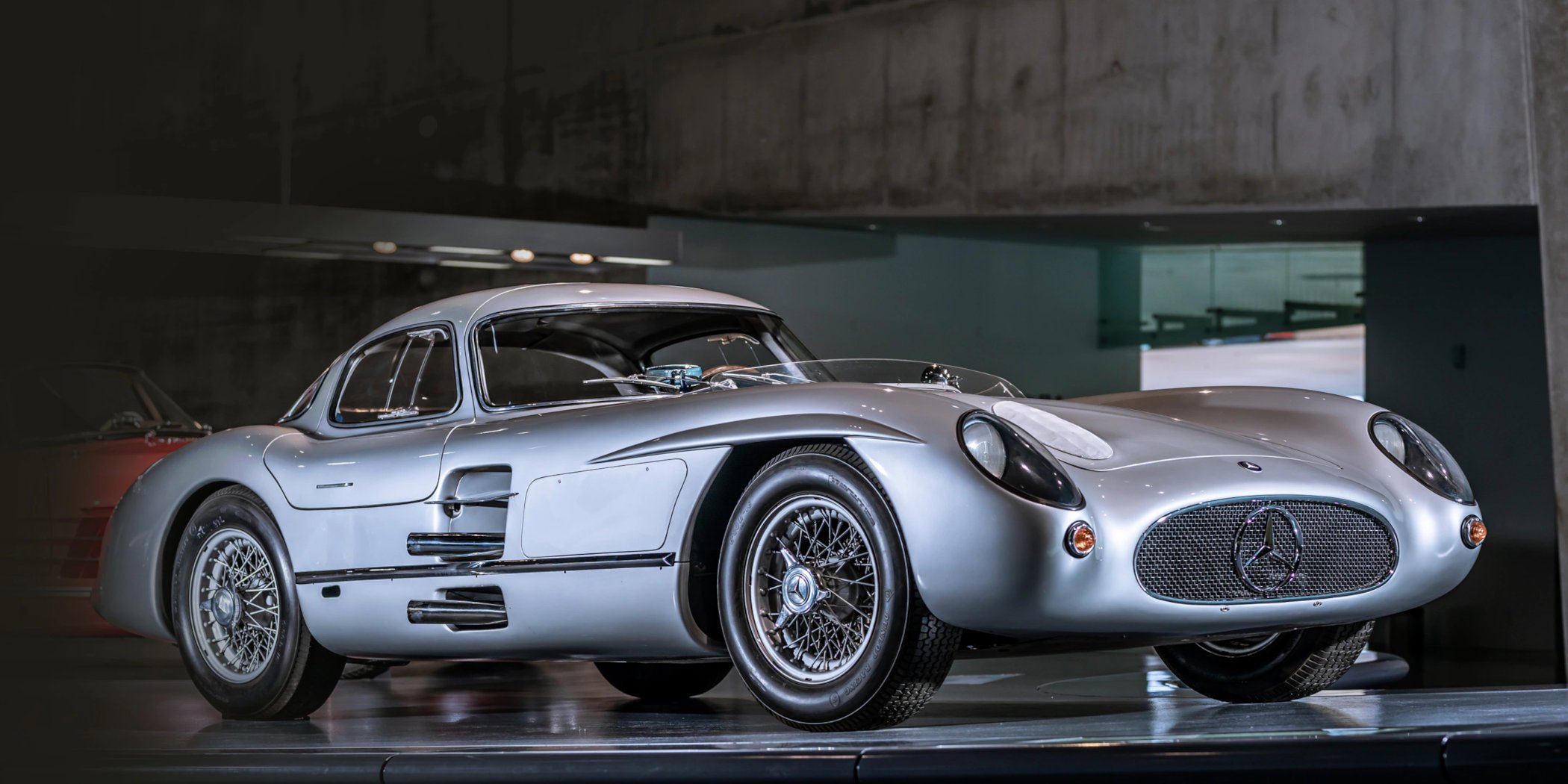
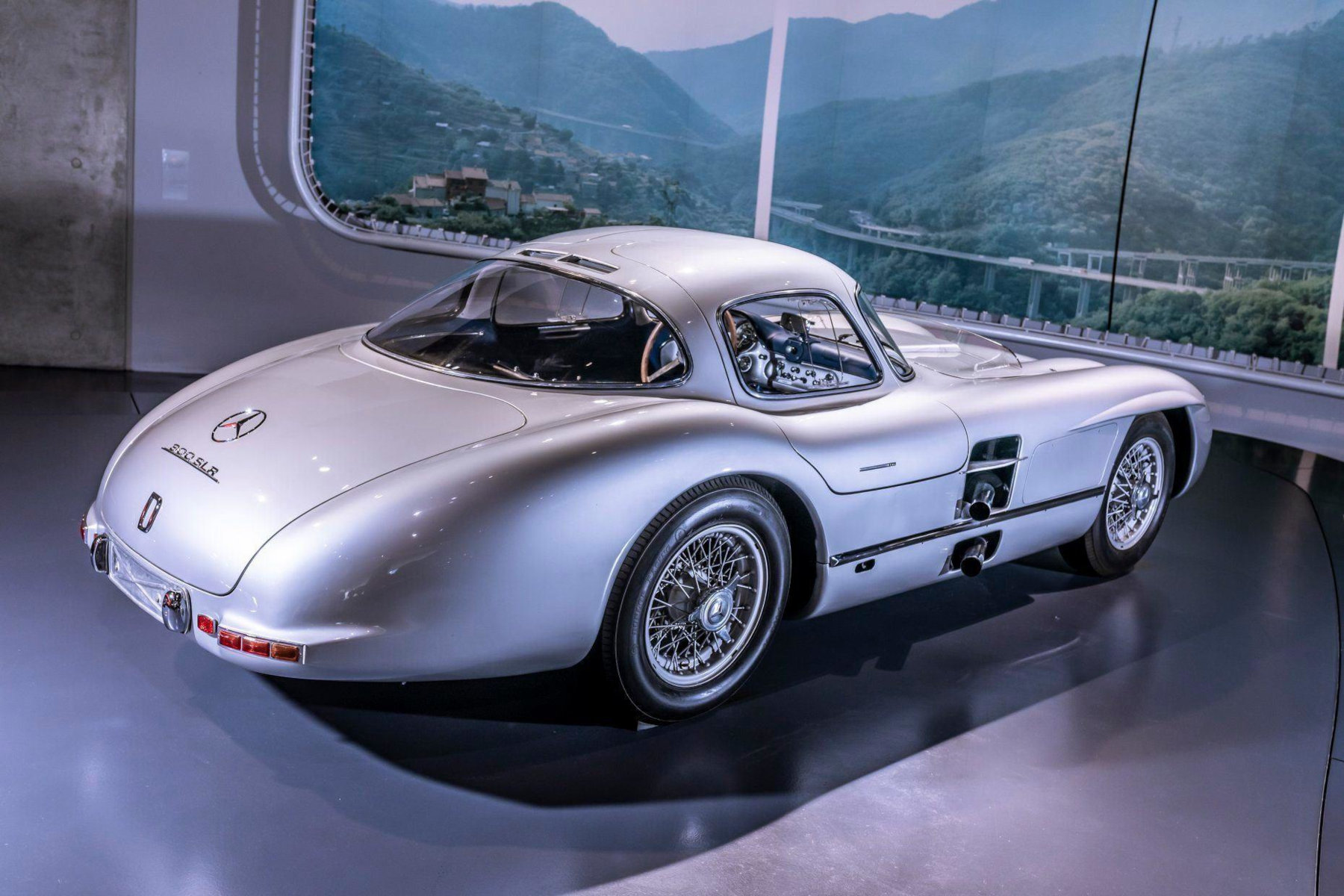

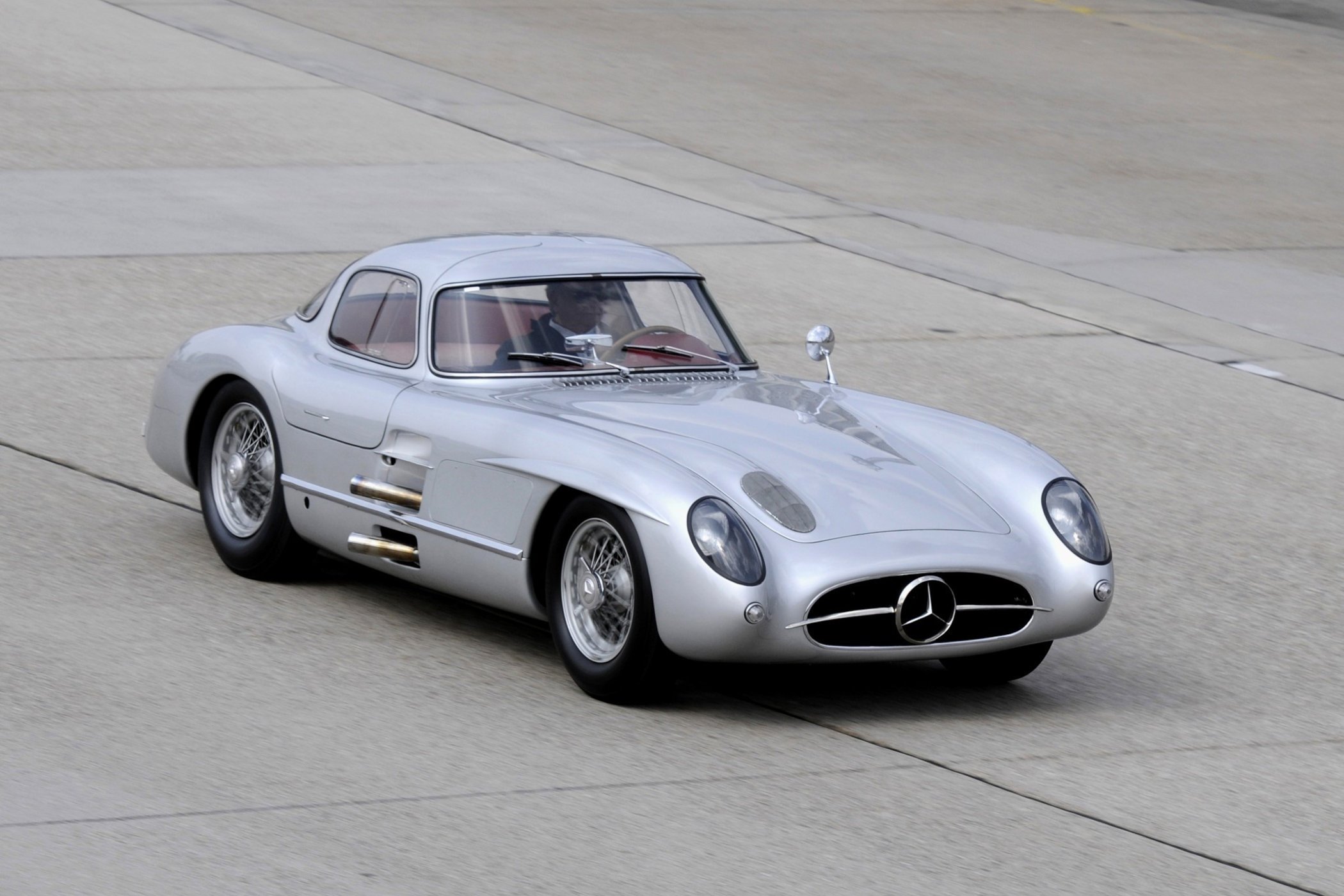
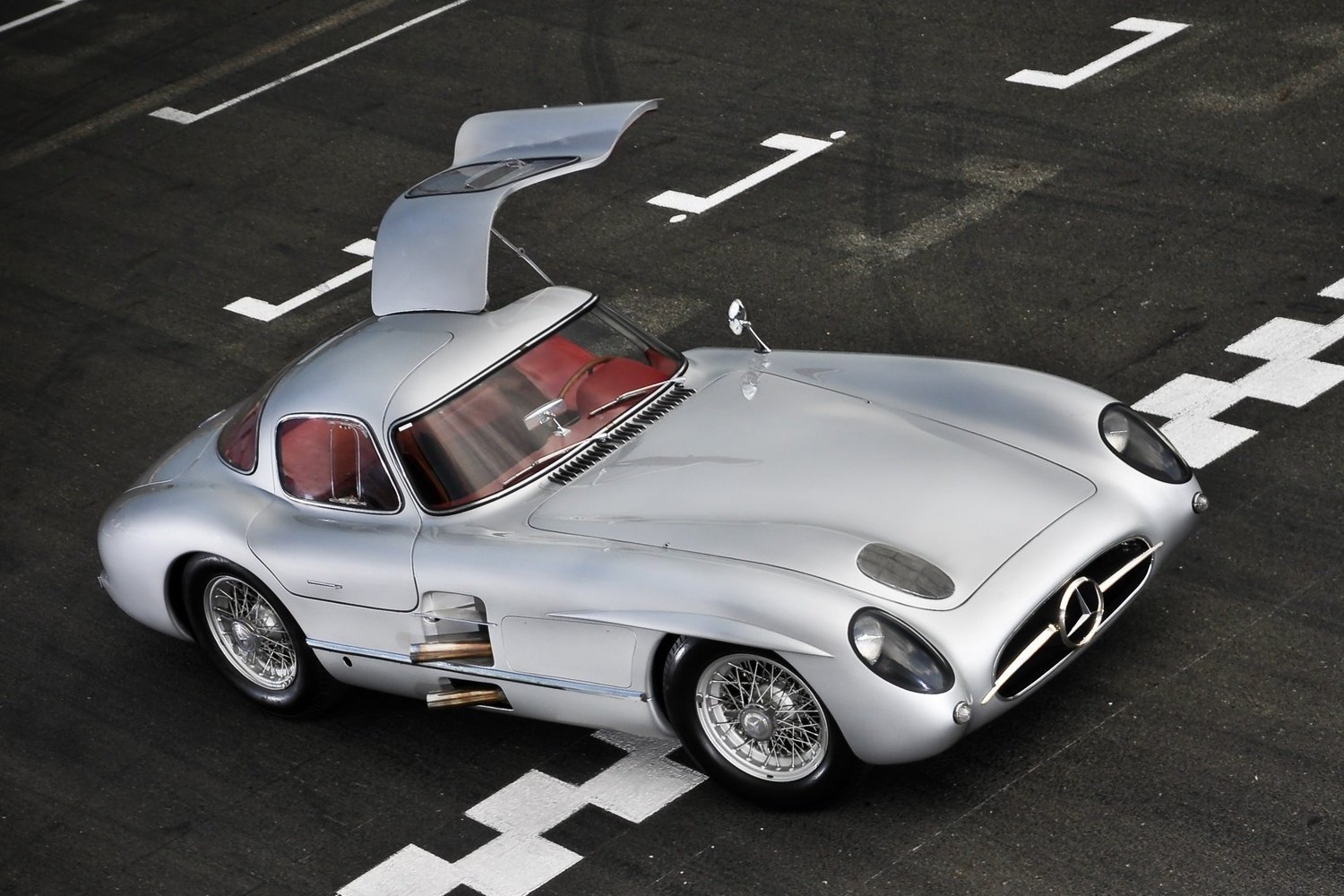



3 responses
Makes my Grail, 1929 blower Bentley seem achievable.
What having money can do to your brain, more exactly, your ego.
I’ve always wondered is the 300SLR faster than the W196 GP car,being 3 litre (8) against 2.5(6)? obviously a weight differential but???